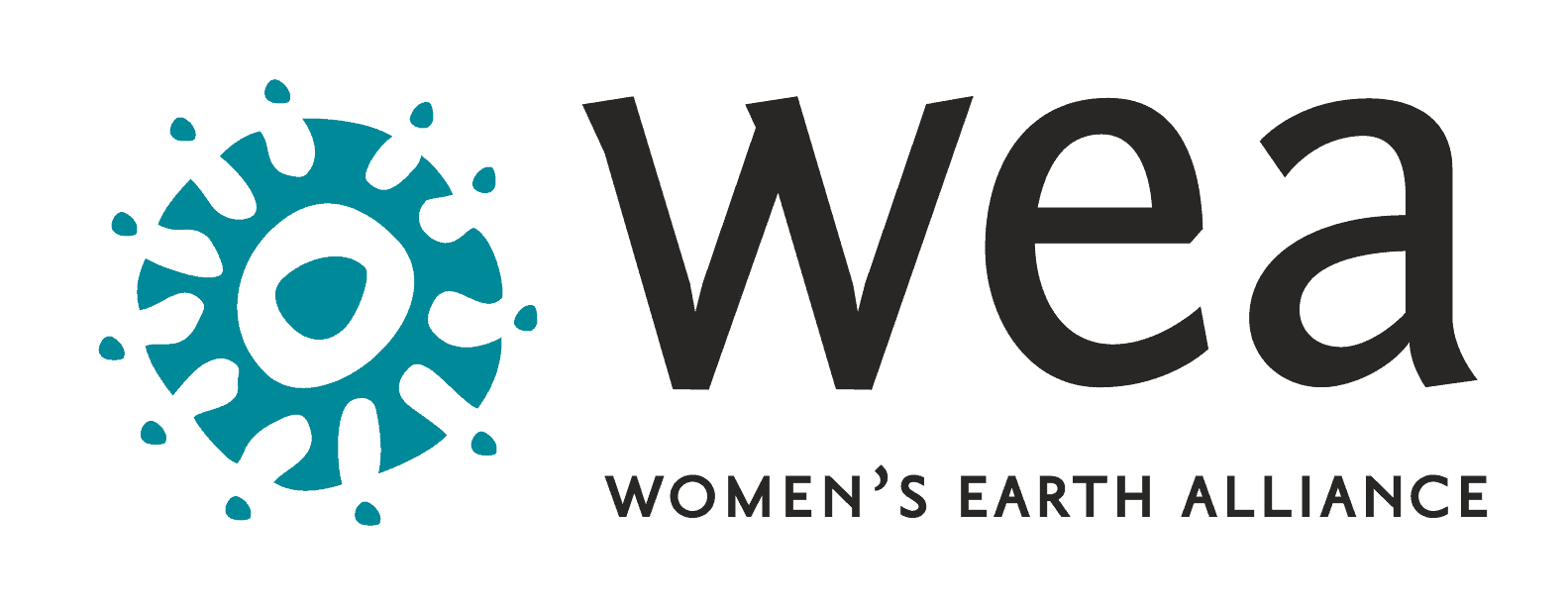Leading from a Place of History and Learning
By Kahea Pacheco, WEA Advocacy Network Coordinator
I grew up in a tiny, rural town on the Hamakua Coast of the Big Island of Hawai’i called Honomu. We are maybe 550 people large, and are a remnant of the old sugar plantation days when the Big 5 sugar companies were king and villages would crop up along coastlines where sugar mills were located. It’s a beautiful, multicultural landscape where eating sugar straight from the cane stalks, watching our fathers throw cast nets down at the ocean, and swimming or catching ‘opae (shrimp) in the streams and waterfalls seemed ordinary.
The first time I can remember recognizing that I was indigenous was when I was sent to a summer camp for Native Hawaiian kids in the fifth grade. It was a week-long program on a different island from the one I lived on, and I remember knowing I should feel lucky I could go. That going and learning about my culture was something special, and not everyone had that opportunity.
The second time this happened was when I was accepted into Kamehameha Schools, Kapalama Campus—a private boarding and day school for Native Hawaiian students. The school, one of the largest philanthropic trusts in the United States, was founded by Ke Ali’i (Chiefess) Bernice Pauahi Bishop, great granddaughter of King Kamehameha I, after she bore witness to the decline of the Hawaiian people as a result of colonization and the illegal overthrow of the Hawaiian Kingdom, and felt education was key to our survival. At Kamehameha, I learned about my legacy, culture, history and language. I was given opportunities—through school programs, mentorship and scholarships—that allowed me to graduate, to go to college, then law school.
All of this, because I’m Native Hawaiian, and I am a result of our unique history.
For me, being indigenous has been a privilege, both spiritually and practically. I feel extremely fortunate to have grown up in a space that not only taught me about my history, about myself, but that celebrated it. Because of this, I also recognize my responsibility. I have a responsibility to be a leader and a student all at once, to be a good role model, and to give back and uplift my community just like it has uplifted me. I have a responsibility to those who came before me—my kupuna (grandparents, elders), my ancestors—as well as those who will come after me, for generations and generations to come.
“You will be living the haole time, and the wise thing to do is to move with the time, because time is a thing that belongs to no one….There’s only one thing I ask of you, my children—You are Hawai’i, and I would appreciate that you remain Hawai’i.”
– Pilahi Paki (in Then There Were None by Martha H. Noyes)
It’s this journey, however short it’s been so far, that has led me to Women’s Earth Alliance.
I first joined WEA as a Legal Research Intern for the North America Program in 2011. At the time, I’d been out of law school for two years, had just left from a job that left me feeling disconnected from all the ways I wanted to be present in the world, and so accepted the internship feeling a sense of…relief. Relief that I would once again be contributing to work I felt most accountable for—supporting Indigenous peoples and communities like my own.
In the two and half years since joining the team, my sense of purpose and responsibility has only been strengthened, particularly in this last year as I’ve stepped into my new role as Advocacy Network Coordinator for the North America Program. I now find that I am a leader as much as a student, that I am called to make decisions as much as seek insight and advice and guidance. With this new role then also comes the fear I think many people, particularly young people like myself, have felt when stepping up and being called to share their mana’o (knowledge): fear of not being ready, of making mistakes, of saying or doing the wrong things at the wrong times, of not knowing.
“There are cultures still that understand the importance of being lost. In fact, they celebrate it, because they know that just beneath the surface, something rich and potent is stirring. They know that the point at which the latitude of the mind meets the longitude of the heart is the centerpoint. It is the stillpoint of the wayfinder.”
– Dr. Elizabeth Kapu’uwailani Lindsey, PhD (TEDxWomen 2012)
But it’s times like these, when stepping up, that we need to remind ourselves that we are rarely stepping up alone. Instead, we are surrounded by the knowledge passed to us from our elders, from our mentors, from our own experiences. And there are those we defer to, whose expertise is so much more vast than our own—their knowledge is to be recognized and celebrated as well.
For me, this has meant listening deeply to not only myself, but to my sisters, my parents, my grandparents, stretching all the way back to my ancestors, my beginnings. Stretching all the way across to encompass my larger community—my friends, my colleagues, and the grassroots leaders engaged in this work. It has meant asking questions, being courageous in my conversations, and honoring those who have shared their stories, knowledge and expertise with me. This is where my ability and my drive to contribute comes from—from that place of learning and listening and growing.
This is where, I think, as women, as Indigenous peoples, as allies, we all find our strength to contribute.

